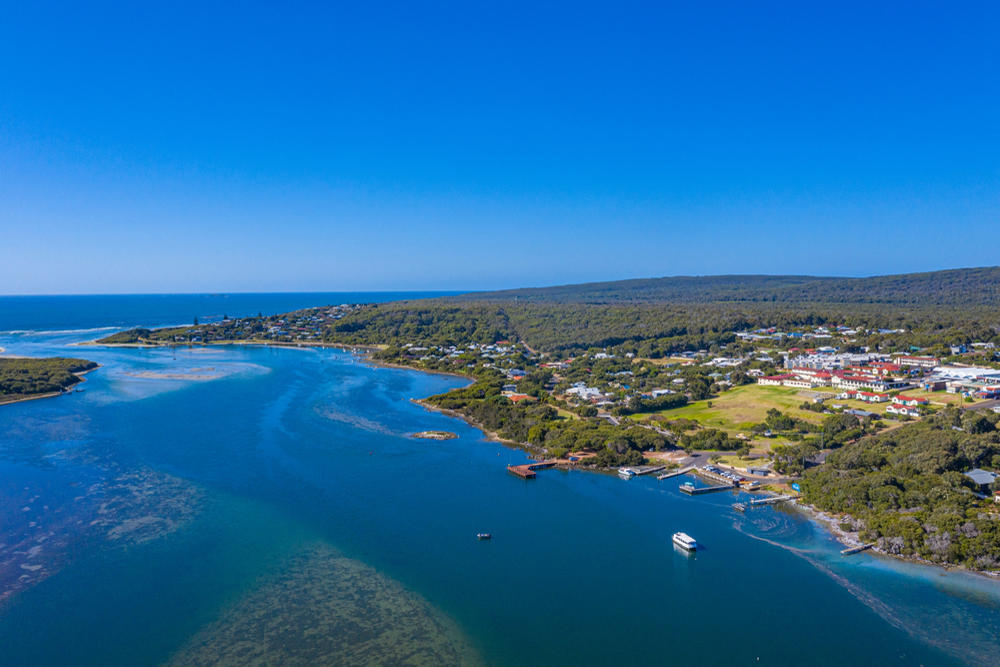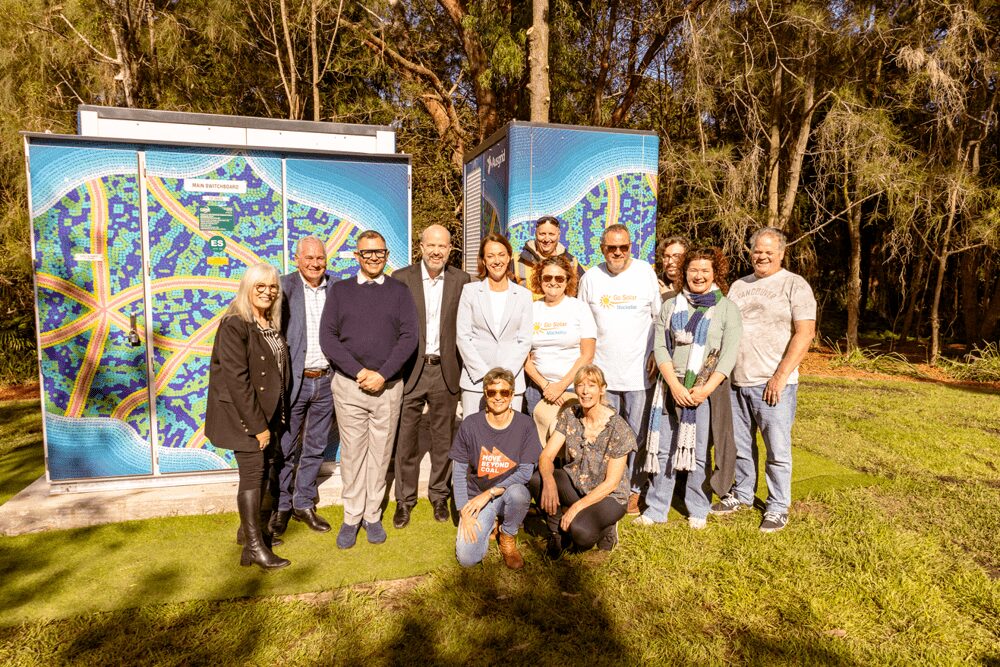
Tree cover in Australia’s capital cities is declining, with Hobart the only capital city that showed more vegetation in 2020 than in 2013, according to a new report by Monash University researchers and the Australian Conservation Foundation (ACF).
The report, Temperature check: Greening Australia’s warming cities, finds:
- Hot summer days in Brisbane and Melbourne are expected to regularly top 40°C by 2060-2080, and up to 50°C in Sydney, with a phenomenon known as the Urban Heat Island (UHI) effect likely to add several degrees on top of this in highly vulnerable suburbs.
- The areas most vulnerable to the additional heat caused by the UHI effect are typically disadvantaged suburbs with less protective tree canopy cover.
- Hobart is the only capital city that has more tree cover in 2020 than it did in 2013.
- More vegetation in cities helps address rising temperatures, improves physical and mental health, extends the life of infrastructure, captures carbon emissions, provides habitat for wildlife and reduces the economic burden of heat-related impacts.
Report co-author Dr Lucy Richardson from Monash University said heatwaves kill more Australians than any other natural disaster and they will get more severe as the climate continues to change.
“Protecting and expanding urban vegetation is good for human health and wellbeing, reduces heat-related deaths, creates jobs and helps combat climate change by absorbing more carbon dioxide from the air,” Dr Richardson commented.
“Our research shows increasing urban vegetation will become essential for our three largest cities – Sydney, Melbourne and Brisbane – to reduce serious heatwave impacts by 2060-2080.”
“Natural infrastructure takes time to establish to its maximum effectiveness, so acting early is critical for meeting future needs,” she said.
ACF’s campaigns director, Paul Sinclair, noted that Australia’s national environmental law was ineffectual in preventing the destruction of native trees that cool cities and provide critical habitat for wildlife.
“In the first 17 years that Australia had a national environment law, 20,212 hectares of urban threatened species habitat – that’s 11,400 MCG footy grounds – was destroyed.”
“Decisions made by Australian governments in the coming months will either lock in permanent and escalating damage to the ecological systems that sustain human health and livelihoods, or they will promote a healthier, fairer and greener world,” he said.
The Monash research is the first study to examine the cumulative effects of future climate change and the UHI effect at local government level across Australia’s three largest cities. Read more about Solutions for a hot city.











